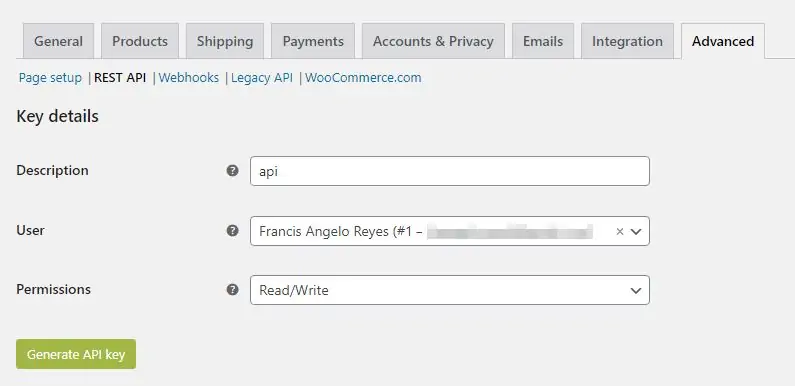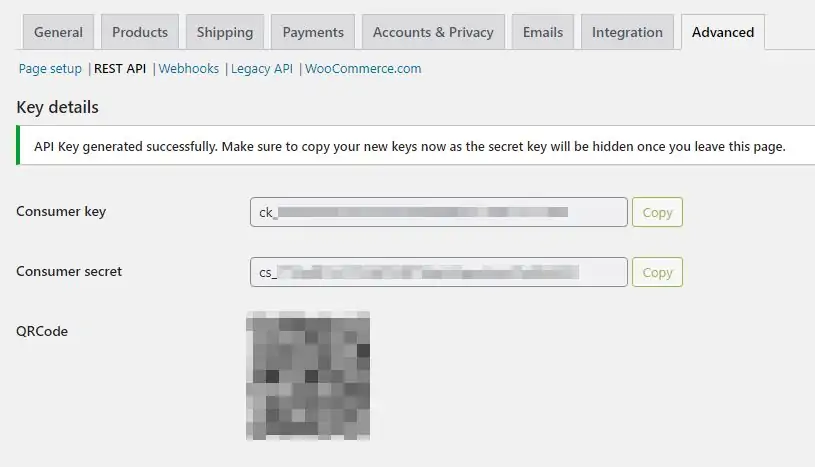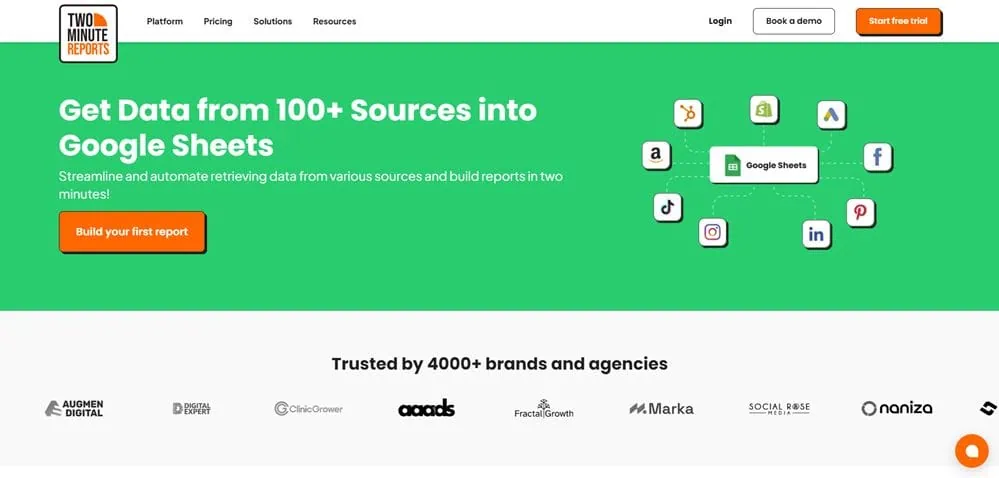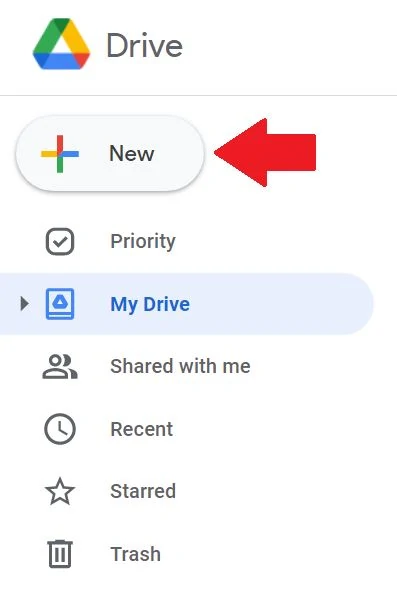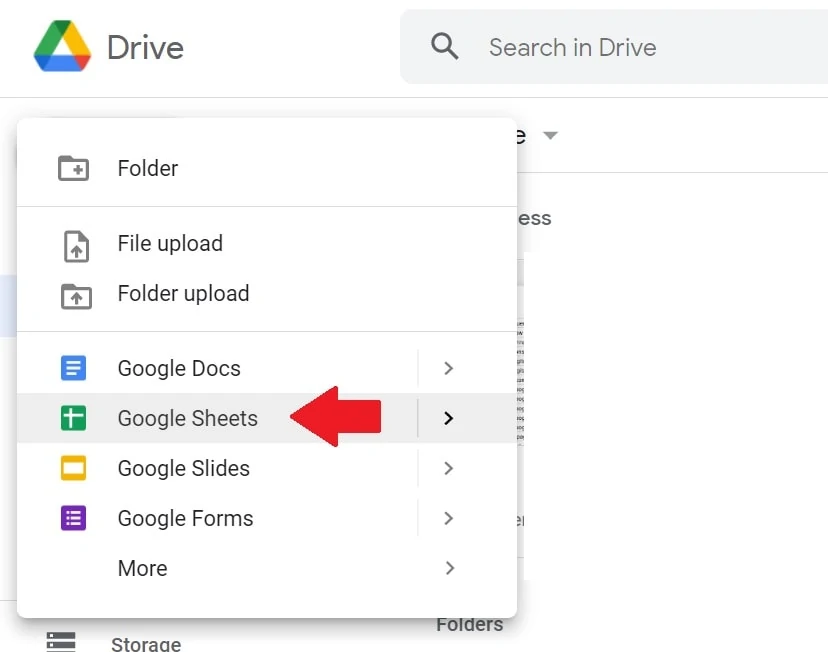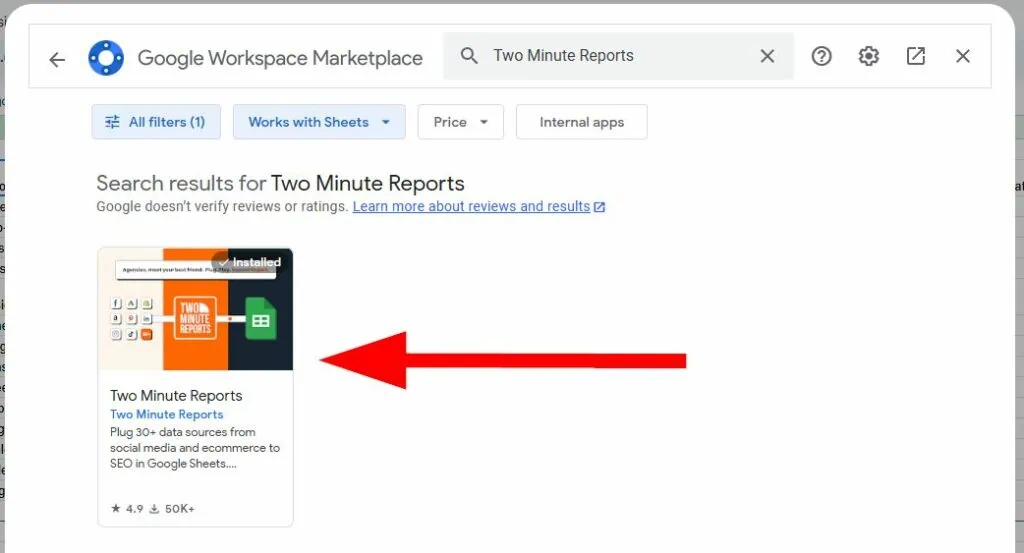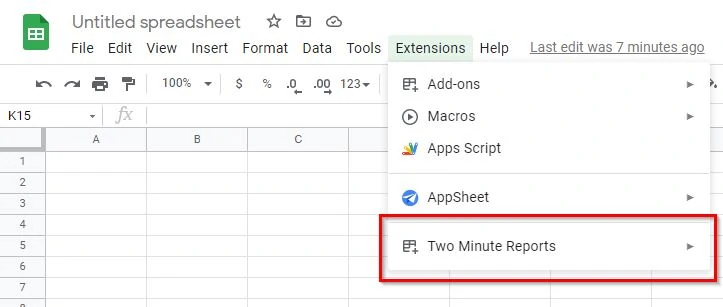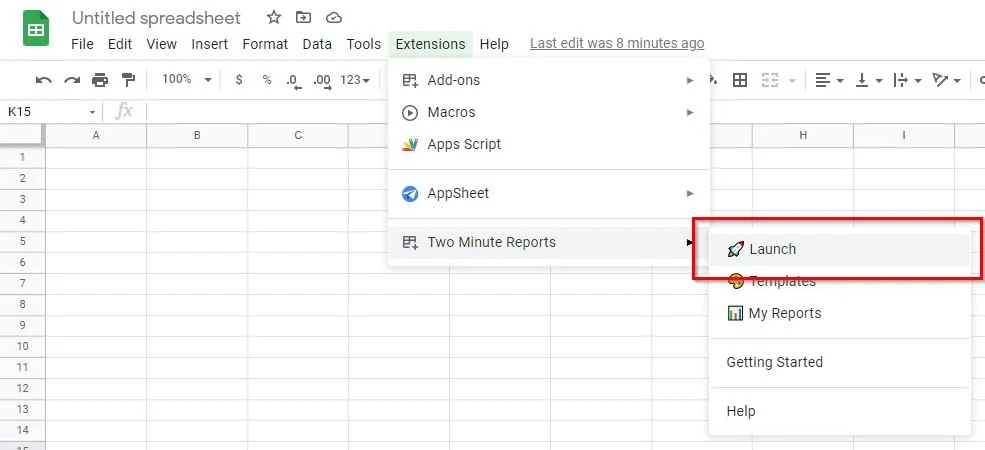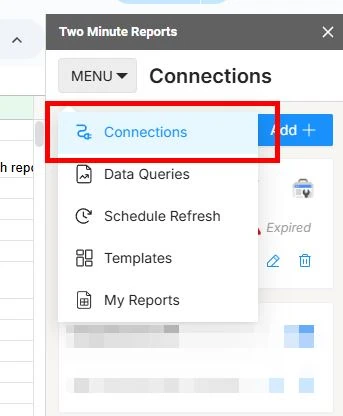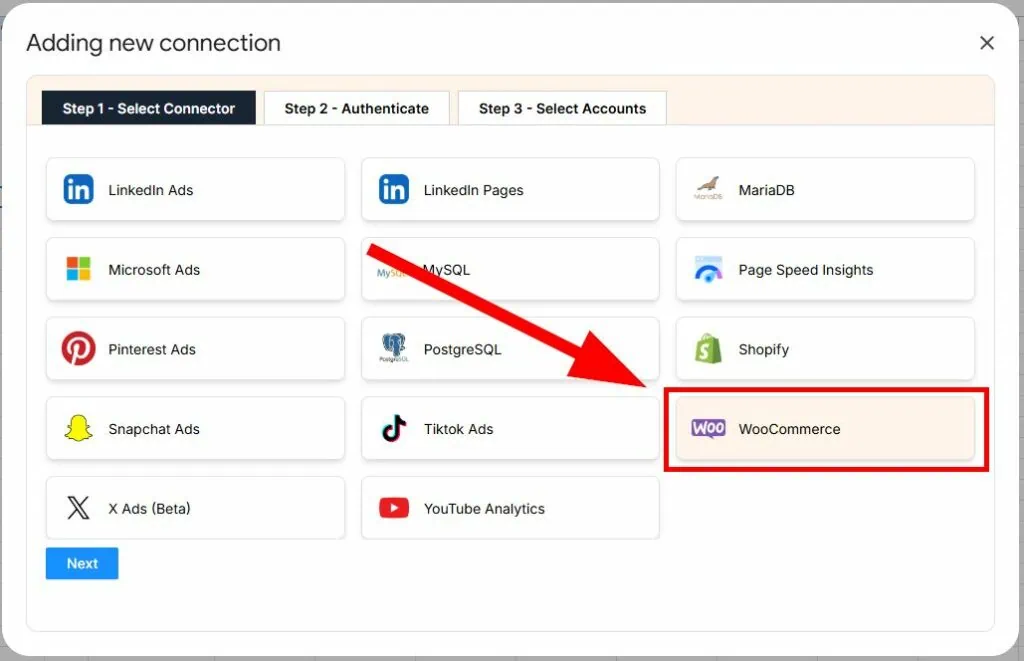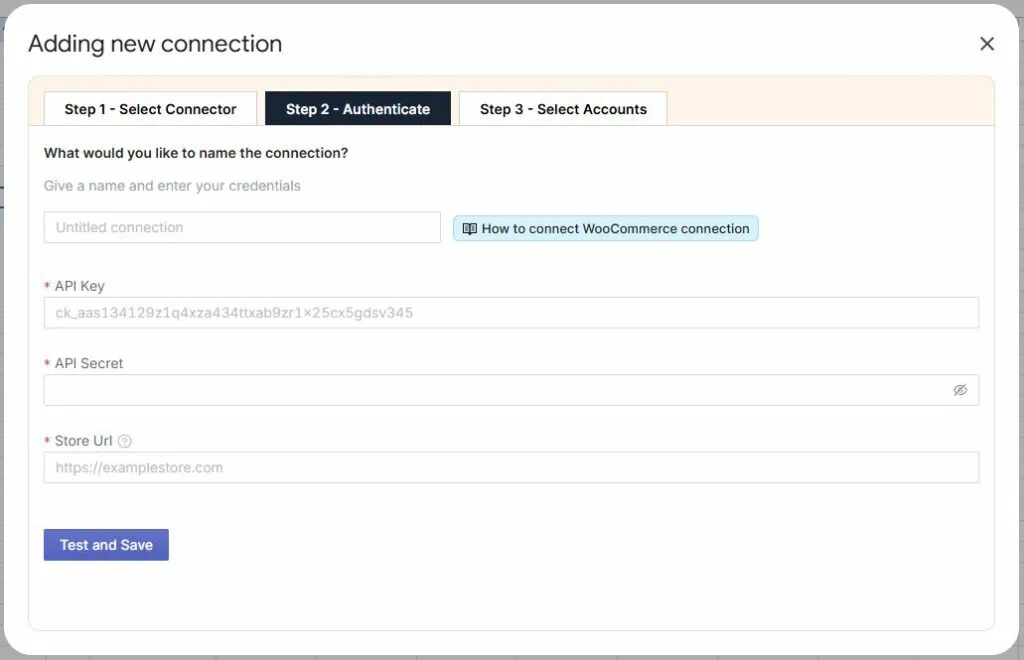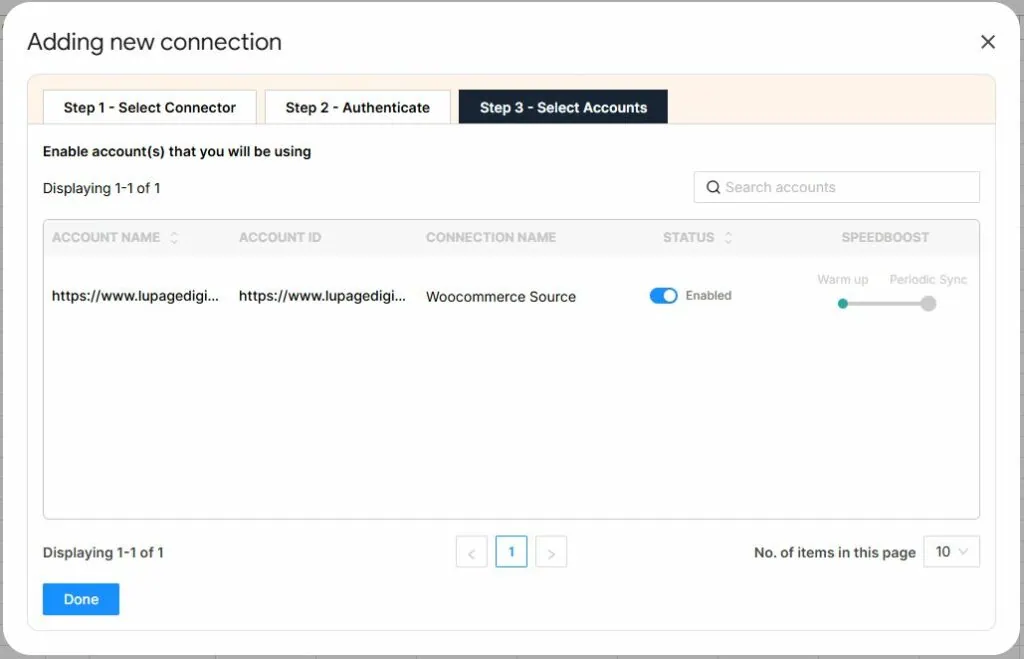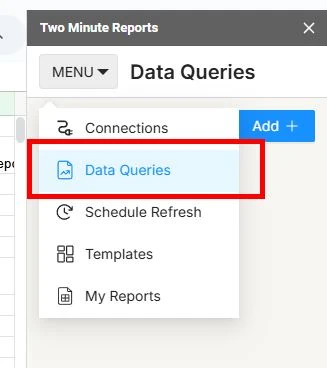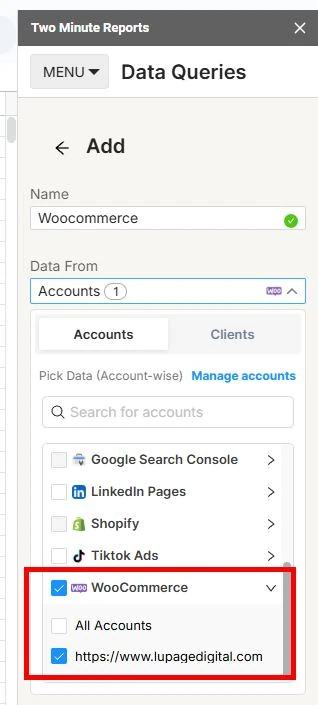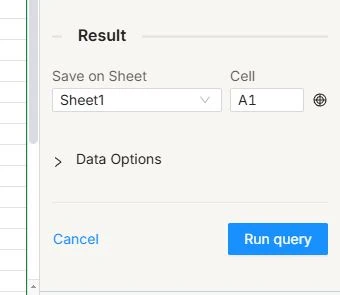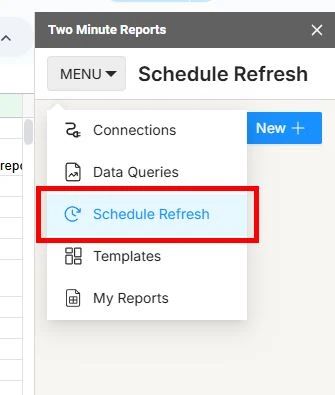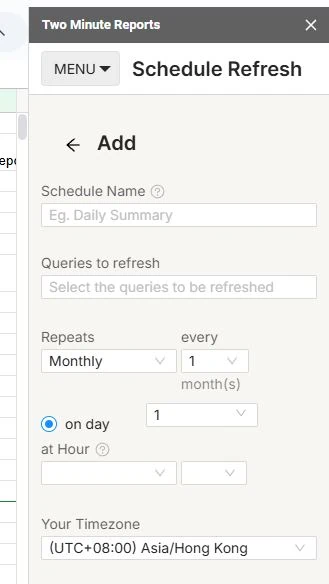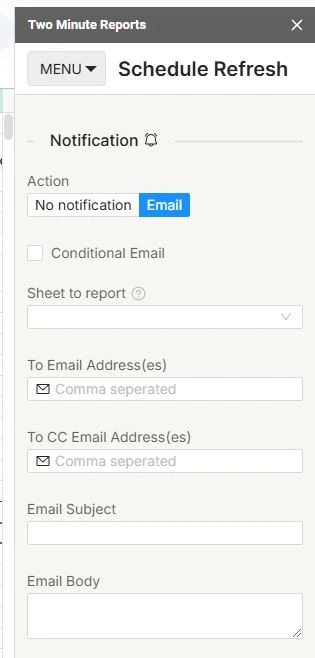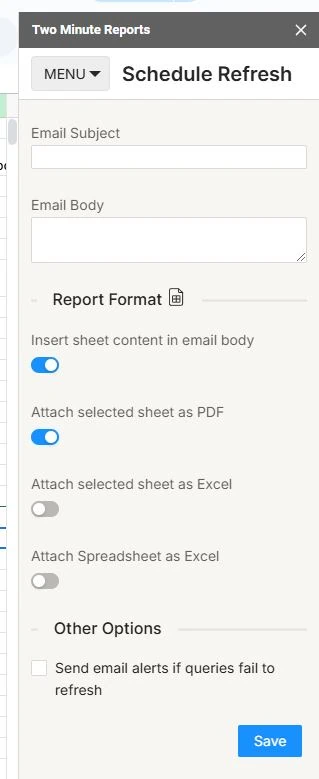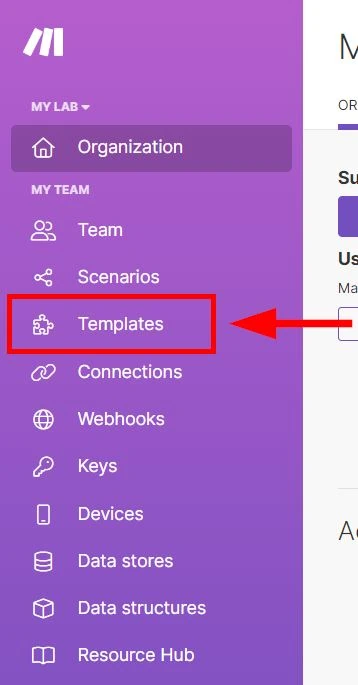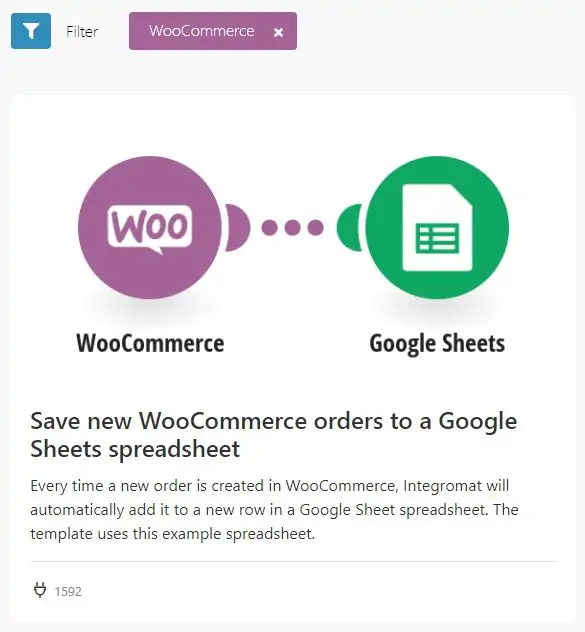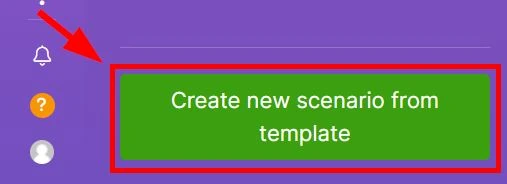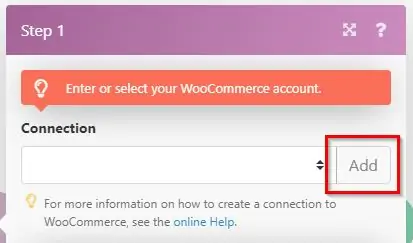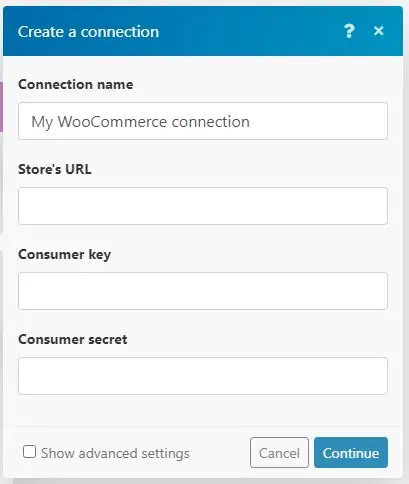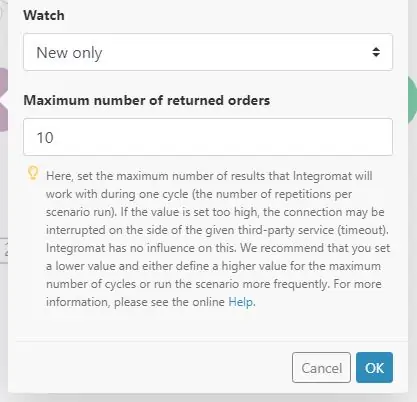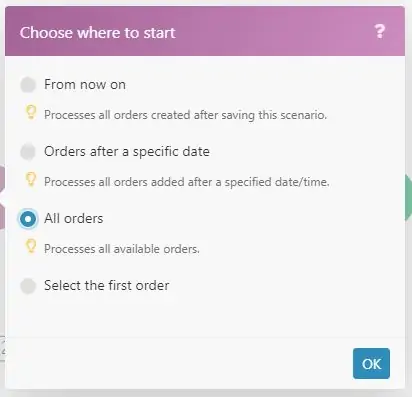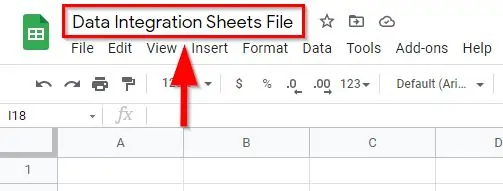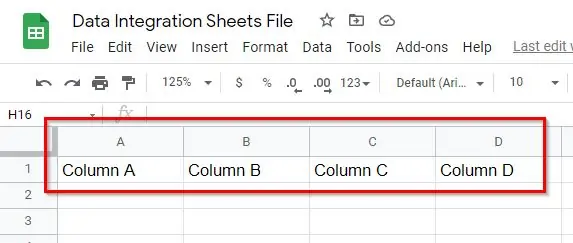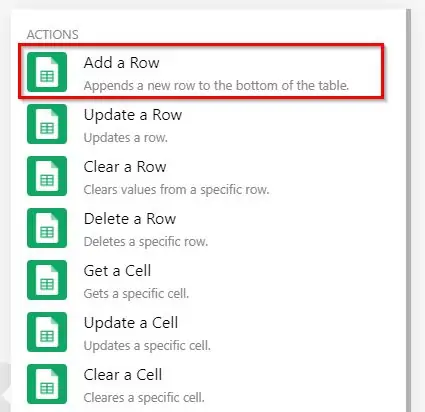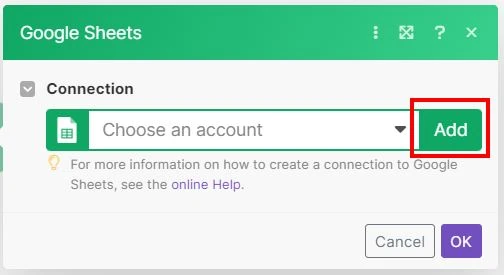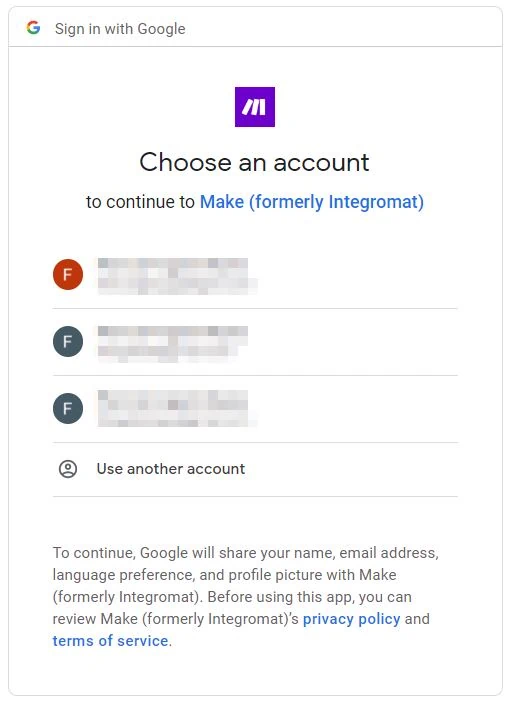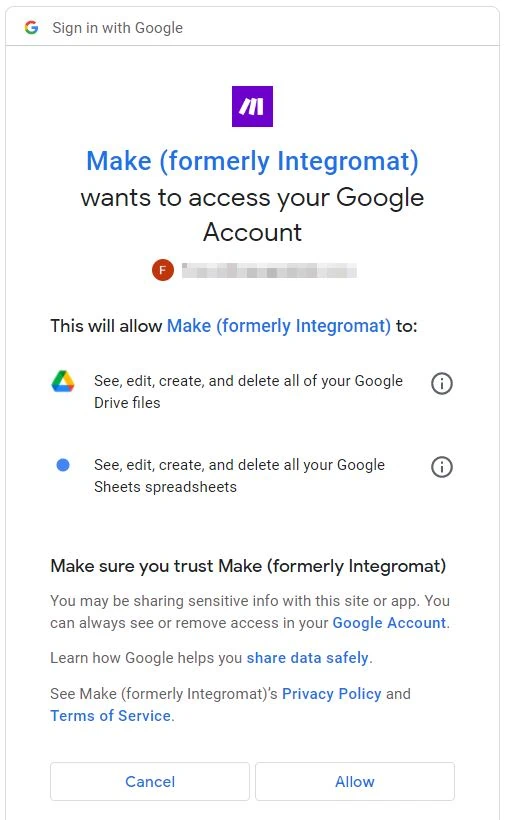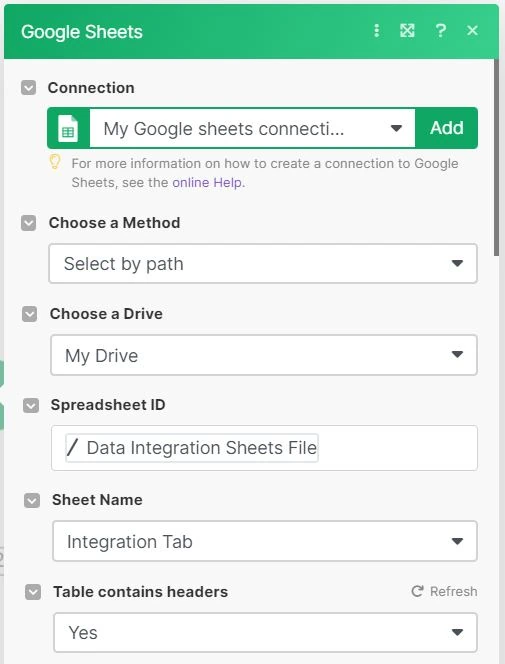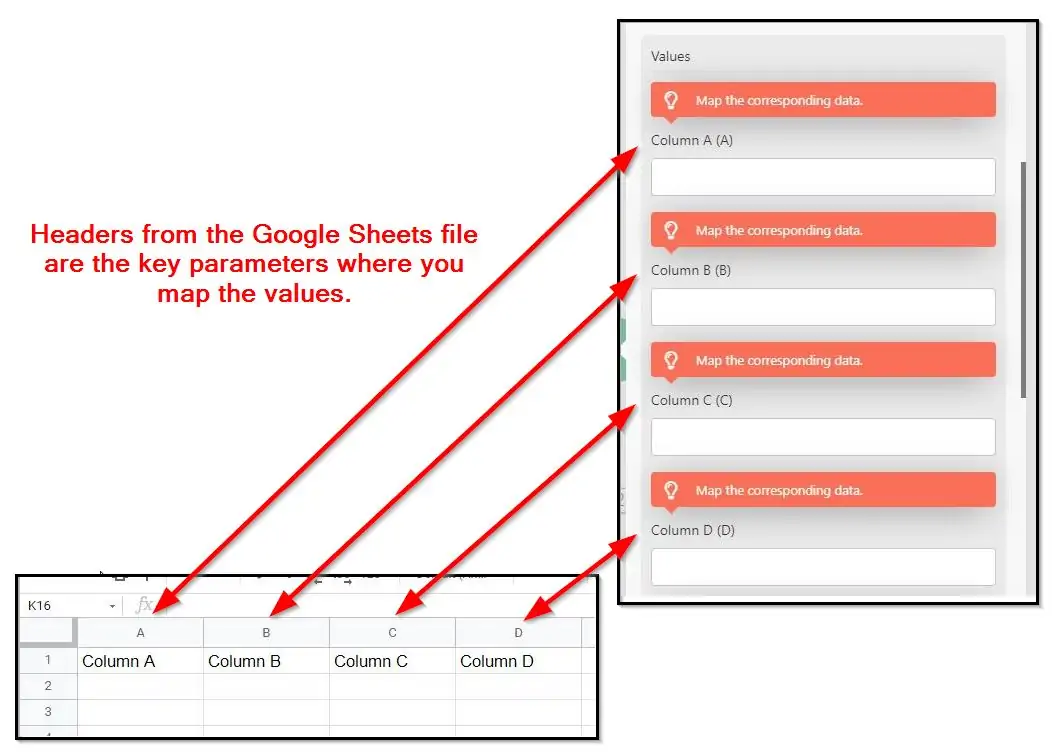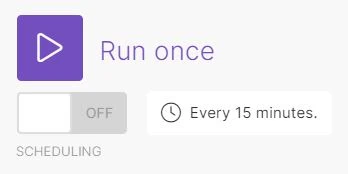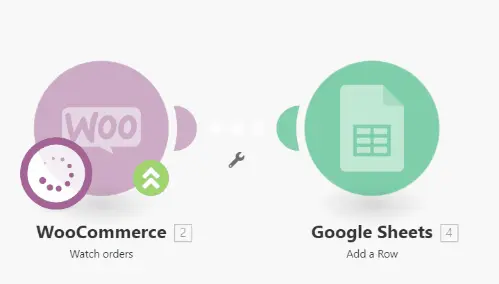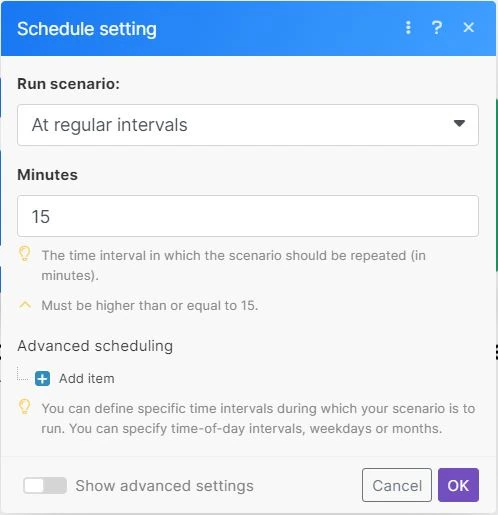Summary
– You can integrate WooCommerce data and Google Sheets by using 3rd-party tools.
– Export WooCommerce orders to Google Sheets and schedule reports to get real time data.
– You can acquire your secret API key in WooCommerce to connect with Google Sheets.
Ecommerce maintenance takes hours to do. You want more time to strategize, not crunch numbers. If you maintain a WooCommerce website, you don’t experience any difference. You’re juggling different things at once so you want to do reports fast.
Requirement: WooCommerce API
You need to go through the WooCommerce API to import the data into Google Sheets. Unfortunately, there’s no other way around as you need to go through some code syntax. Luckily, accessing the WooCommerce data is within reach and easy to do. But note that you need a little bit of coding knowledge to understand this.
First thing is to create the API key for WooCommerce. The guide assumes WooCommerce is already installed on your WordPress.
1 – On the WordPress dashboard, under Settings, click on Settings on the left side.
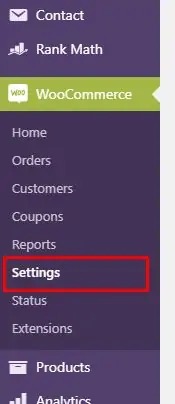
2 – Click on Advanced. Then click on REST API.
3 – Click on the Add key button.
4 – Once inside, add a description. Then select the user. Then select Read/Write for Permissions.
5 – The Consumer key and Consumer secret are created.
IMPORTANT: Remember and note these API credentials now as you won’t see them again. The Consumer key is your username and the Consumer secret is your password. You use these two components later on.
How To Connect WooCommerce Data To Google Sheets
This article shows two options on how to import WooCommerce orders to Google Sheets. Option 1 is using a Google Sheets extension. Option 2 is using a third-party integration tool.
Option 1: Google Sheets Extension
You’ll use Two Minute Reports for this example. TMR imports data from the WooCommerce API directly to Google Sheets in minutes.
Installing The Google Sheets Extension
1 – Go to your Google Drive workspace.
2 – Click + New then create a new Google Sheets file.
4 – Search for Two Minute Reports. Then install it.
Import WooCommerce Data Source
3 – Select WooCommerce.
4 – Follow the steps for authentication.
Name the connection.
Under API Key, enter the Consumer key from earlier.
Under API Secret, enter the Consumer secret from earlier.
Under Store URL, enter the store domain.
5 – Select the WooCommerce shop/domain. Turn on the status to Enabled.
Import WooCommerce Data Query
2 – Enter the following details:
Name your data query.
Under Data From, find the WooCommerce data source you imported earlier.
3 – Under Query, enter the following details as examples.
MetricsLine item subtotal
Total sales
Dimensions (Group by)Order ID
Product name
Product ID
Under Date, select the date range you want to get data from.
You may ignore all other filters.
5 – Click on Run query.
You now imported the orders data on a Google Sheet. These are the first steps in pulling in any important data from the WooCommerce API. At this point, you may take the steps on accessing your required data.
Schedule WooCommerce Reports
Two Minute Reports has a scheduling function. This means the spreadsheet refreshes the acquired data from the API. Reports are automated even more.
3 – Once inside, you can set the terms of the report schedule.
-Name
-Repeats: This is where you set how often the data refresh happens. Two Minute Reports can do hourly refreshes.
-Timezone
4 – You can also set the notification terms. Two Minute Reports can email you a PDF or Excel of the data. You can also decide to have the email contain the sheet content in the email body.
5 – Click on Save.
Scheduling helps when you need to report on overtime. No more copy and paste manual reports every day, or every week, or every month.
Option 2: Third-Party Integration Tool
You’ll use Make for this option. Make is a powerful integration platform that allows you to visualize, design, and automate your work in minutes. In other words, it lets apps talk to each other so that you can remove repetitive tasks.
Create a Make account and get started.
Getting Started
Setting Up WooCommerce Connection
The first section is setting up the WooCommerce connection.
2 – Under Connection name, name the connection. The name is arbitrary so it’s up to you. But I suggest writing a descriptive name for later use.
3 – Under Store’s URL, enter the domain of your store. Include https://.
4 – Under Consumer key, enter the generated consumer key from earlier.
5 – Under Consumer secret, enter the generated consumer secret from earlier.
6 – Click on Continue.
7 – Under Watch, select either New only, Completed only, or All changes.
8 – Under Maximum number of returned orders, if it appears, enter 10 for now.
There may be advanced settings. Ignore those for now.
9 – Click on OK.
Done! At this point, you’re finished with the WooCommerce connection side.
Setting Up Google Sheets Connection
Next is setting up the Google Sheets connection. But first, you need to go to Google Drive and create a new Google Sheets file.
1 – Go to your Google Drive workspace.
2 – Click on + New then create a new Google Sheets file.
3 – Name the Google Sheets file. The name is arbitrary so it’s up to you. But I suggest writing a descriptive name for later use.
4 – Name the tab or sheet on the bottom. The name is arbitrary so it’s up to you. But I suggest writing a descriptive name for later use.
5 – Name the headers. It’s helpful to map out the correct data point in the integration process later.
Column A
Column B
Column C
Column D
The first steps are done! Go back to Make.
1 – Press right-click. Click on + Add a module. Or you can double-click then click on the HUGE circle with a PLUS SYMBOL.
3 – Under Connection, click on Add or Create a connection.
4 – Name the connection. The name is arbitrary so it’s up to you. But I suggest writing a descriptive name for later use.
5 – Click on Continue or Sign-In. A pop-up window appears.
7 – Click on Allow. Make asks permission to access your Google account. This is standard procedure. The window closes after clicking it.
Back in Make you add the additional parameters.
8 – Under Choose a Method, choose Select by path.
9 – Under Choose a Drive, select My Drive. The spreadsheet you created earlier is likely located here.
10 – Under Spreadsheet ID, select the Google Sheets file you created earlier. Find the name you gave it.
11 – Under Sheet Name, select the Google Sheets tab from earlier. Find the name you gave it.
12 – Under Table contains headers, select Yes.
After which, the Values are created.
13 – Under Values is where it gets tricky. The headings from the Google Sheets file are the parameters where you decide the values. Once you click on the field, you’re presented with different parameters. Don’t be overwhelmed. Read the context of the parameters to know which one is mapped to which.
Under (A), select Created at.
Under (B), select Order number.
Under (C), select Status.
Under (D), select Total.
The parameters that appear here are from the connection you added earlier. Other parameters are also available. Make sure to add an extra column and name it on the Google Sheets spreadsheet so on and so forth.
14 – Click on Ok. Now it’s time to run and process the integration.
A spinning wheel and a Log on the bottom right appear. Wait for the integration to finish. How long the integration takes depends on the Maximum number of results you select. It’s finished when a) green checkmarks appear, and when b) The scenario run was completed appears in the Log.
Go to your Google Sheets file and you now see the ecommerce data successfully exported from WooCommerce. Viola! Congratulations you imported WooCommerce orders to Google Sheets with complete information! You may also add other parameters or fields if you need them.
Schedule Automation and Reports
Make can schedule the automation based on cycles. The schedule is up to you.
2 – Under Run scenario, select the schedule you need. What you select on this parameter dictates the next ones.
If you select At regular intervals, you need to select the minutes that Make processes the automation.
If you select Once, you need to select the date.
If you select Every day, you need to select the time.
If you select Days of the week or Days of the week, you need to select the days.
3 – Click on Ok. Ignore any advanced settings for now.
Viola! Congratulations! You now know how to import WooCommerce orders to Google Sheets with the API. The methods above automate accessing data without manual import and export. It avoids spreadsheet headaches.
More articles on automation:
Import Facebook Page Insights to Google Sheets
Import LinkedIn Page post data to Google Sheets
Import LinkedIn Ads API data to Google Sheets
Import Search Console Data to Google Sheets
Import WooCommerce data to Google Sheets
Import Facebook Ads data to Google Sheets
Import Google Ads data to Google Sheets
Import Mailchimp data To Google Sheets
Import Shopify data to Google Sheets
Import TikTok ads to Google Sheets
Import GA4 data to Google Sheets
Import ChatGPT to Google Sheets
Import JSON to Google Sheets
Export Gmail to Google Sheets
Conclusion: Create WooCommerce Reports Faster
Know how to use an API in Google Sheets for your ecommerce needs. Google Sheets is a web-based spreadsheet app that provides an easy way to analyze data. With the help of Google Sheets extensions, you can use external APIs and automate reporting.
You’re wasting time manually importing and exporting data. If you’re a marketer, automated reporting through APIs makes lives easier.


